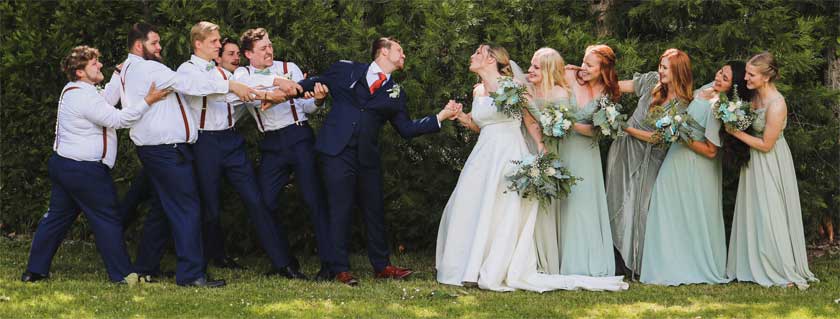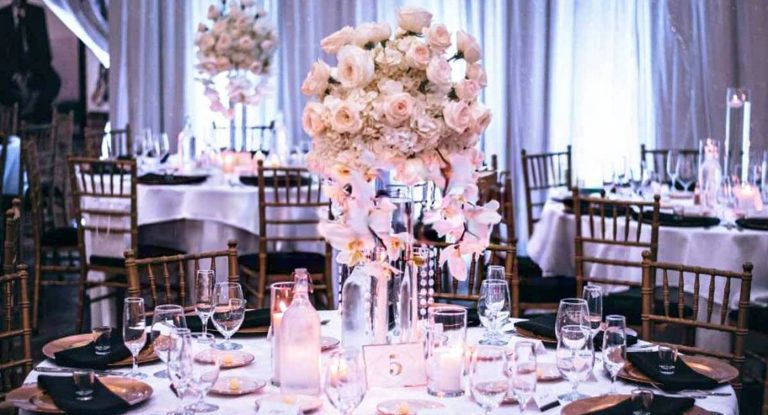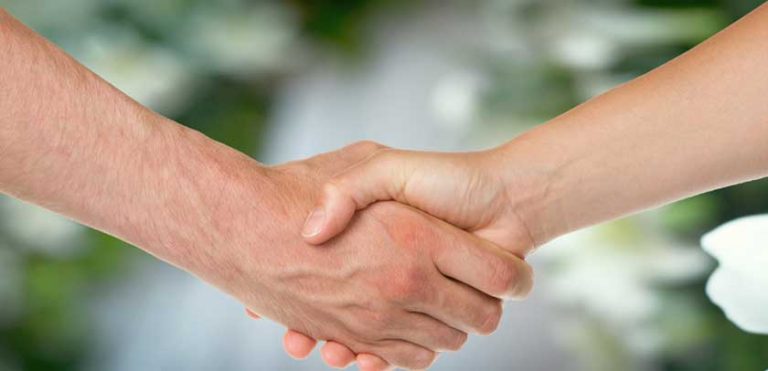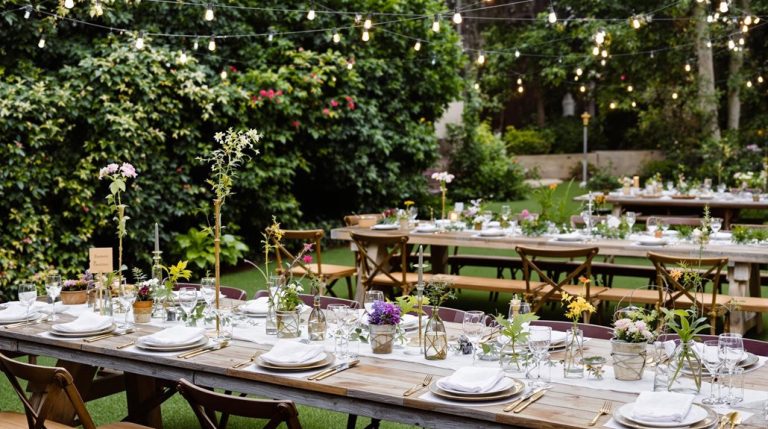Planning DIY wedding flowers can be both exciting and challenging for brides looking to add a personal touch while managing their budget. With the average wedding flower cost reaching $2,800 in 2023, more couples are considering the DIY route for their floral arrangements.
Creating your wedding flowers requires careful planning, basic design skills, and dedicated time commitment, but the rewards can be significant in terms of both cost savings and personal satisfaction.
Whether planning to tackle all your wedding flowers or just a few centerpieces, understanding the fundamentals of floral design and preparation is crucial for success.
Main Points
Local flower markets provide fresh, affordable options
DIY wedding flowers can save up to 50% on traditional florist costs
Essential tools include floral scissors, wire cutters, and floral tape
Seasonal flowers offer the best value and freshness for DIY arrangements
Practice sessions are crucial for building confidence and skill
Having a backup plan and extra flowers helps manage unexpected issues
Venue restrictions may impact your DIY flower plans
Here’s How To Decide

Smart couples planning a wedding are looking for ways to hold the line on their wedding costs. One option some consider is DIYing your wedding flowers. If you are on the fence about DIY wedding flowers, read this before you decide.
Start by doing some online research. Articles, videos, and wedding blogs geared toward the DIY bride abound online, many explaining what’s involved in the process of doing wedding flowers yourself.
After doing a quick Google search, I found 16,000,000 results. So there’s no shortage of opinions online.
While I never discourage anyone from doing their wedding flowers, I don’t sugarcoat the process when asked. I tell it like it is.
So let’s dig in.
What To Consider Before Doing Your Wedding Flowers
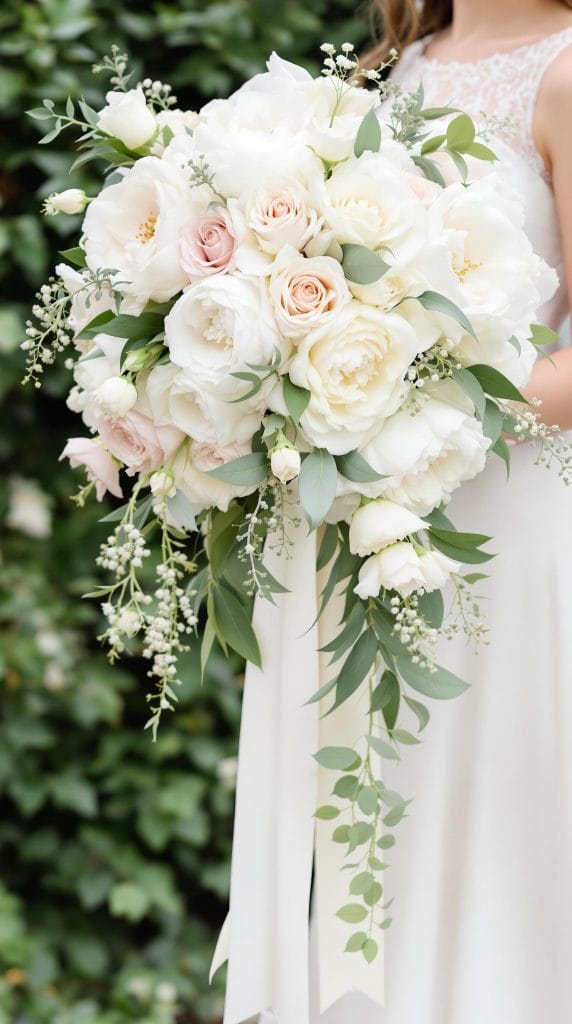
If you’re thinking about doing your wedding flowers, here’s what to expect before getting started:
You Are the Person In Charge
Once your flowers arrive on your doorstep, you are responsible for processing them. After you have finished your designs, you’re also responsible for storing, transporting, and setting up your floral decor.
Even with the help of family and friends, be prepared to do most and possibly all of the work yourself. And if anything goes wrong, don’t count on anyone being around to help fix it.
If that sounds daunting, and you don’t want to spend the extra time and energy necessary to ensure everything looks perfect, then DIY isn’t your best option.
If you are ready to roll up your sleeves and work on your wedding flowers, keep one thing in mind.
It takes more time than you think to get the bouquets, corsages, boutonnieres, centerpieces, and floral decor ready for your big day. More times than not, that’s been my experience.
Allow yourself ample time to get everything done and adjust your timeline accordingly.
Be Realistic, But Have Fun, Too
When you start dreaming about creating a beautiful bridal bouquet or lovely centerpieces for your wedding day, remember it takes practice and patience to learn to design the gorgeous flower arrangements you see.
So while you may feel confident enough to try making DIY wedding bouquets, keep one thing in mind. No matter how much effort you put into it, you won’t achieve perfection with every bouquet or flower arrangement.
So don’t overthink it. Not every bouquet you make will be a magnificent piece of artwork. Mine aren’t either. Just have fun and enjoy the process. You’ll be surprised at how well things will come together.
Start Early With the Basics
Before beginning your DIY wedding flowers project, take things slowly so you don’t get discouraged before you even start.
Focus first on basic floral design techniques. Remember that each variety of flower you work with will present a different challenge. For example, the proper way to wire an orchid or ivy leaf differs from other flowers, like roses or carnations.
You might think that knowing how to wire and tape stems isn’t important because you are not making corsages, only simple bouquets. What happens if you accidentally break off or damage a flower in the middle of your bouquet? Suddenly, that knowledge is helpful.
Another example would be knowing how to prepare containers properly with floral foam and securing them for transport. One sudden stop or swerve could cause significant damage to larger arrangements and complex centerpieces while transporting them to your venue. Trust me, it happens. Proper preparation is essential to help minimize damage.
Once you gain confidence with the flower prep basics, you can move on to larger tasks like creating bouquets and more ambitious floral arrangements.
The critical thing to remember is that seeing something done by a professional floral designer in a video is different from actually doing it yourself.
Nothing beats hands-on experience, so plan to invest some time and money in making a couple of sample fresh flower bouquets. And do it early. You need to decide if you are getting in over your head before you start working with expensive flowers.
Take Advantage of Free Resources
The Internet offers countless websites full of wedding ideas and information, from different types of wedding flowers to DIY wedding flower arrangements. This site is one example.
Watching a few video tutorials will give you insight into what you can do yourself and when you’ll need outside help.
Many books also provide step-by-step instructions for creating beautiful bouquets and arrangements of fresh flowers for your wedding day, often in greater detail than videos.
Take advantage of these resources, but don’t hesitate to ask for help if you have questions.
Asking questions is one of the best ways to figure out how to accomplish something new. Don’t hesitate to contact an experienced floral designer if you have questions.
For example, contact a florist if you aren’t sure how to finish off a wedding bouquet properly. Most are happy to help you out. Don’t get stuck. Get help.
Know Your Venue
While most DIYers usually make simple bouquet designs and floral decor for the ceremony and reception, it’s essential to understand what your wedding venue allows or doesn’t.
For example, many venues, like churches and reception halls, do not allow tapes or adhesives to fasten wedding decor because it can cause damage to the surface finish when removed. That’s a simple detail you might want to know ahead of time.
Each venue sets rules regarding the types of wedding flowers and floral decor they allow, so be sure you know the rules beforehand.
Plan For Contingencies
No one wants to deal with last-minute emergencies, especially regarding something as important as your wedding.
One of the most significant issues is transporting your bouquets and arrangements to the venue. It can present challenges, no matter how large or small your wedding is.
To prevent problems, gather all the necessary tools and supplies you’ll need beforehand.
That way, you’ll avoid wasting valuable time searching for items once you arrive at your destination. Most professional florists, ourselves included, carry a basic flower arrangement kit filled with floral supplies and tools in their delivery vehicles, just in case something unexpected happens.
We also carry extra blooms if something gets damaged or we need to make a quick corsage or boutonniere.
The saying goes, “Fail to plan, plan to fail.”
Relax And Enjoy Yourself
If you get frustrated when things aren’t going as you imagined, take a break. Frustration is something we all deal with from time to time. Don’t let it drag you down.
Remember, one of the reasons you chose to do the wedding bouquets yourself was because working with fresh flowers is fun and something you enjoy doing.
This attitude will keep you focused and motivated, allowing you to complete your project without having second thoughts.
Once you see the finished product, you’ll realize that fun and enjoyment play a significant role in creating the bouquets and other arrangements for your wedding.
The Bottom Line: Are DIY Wedding Flowers Worth It?
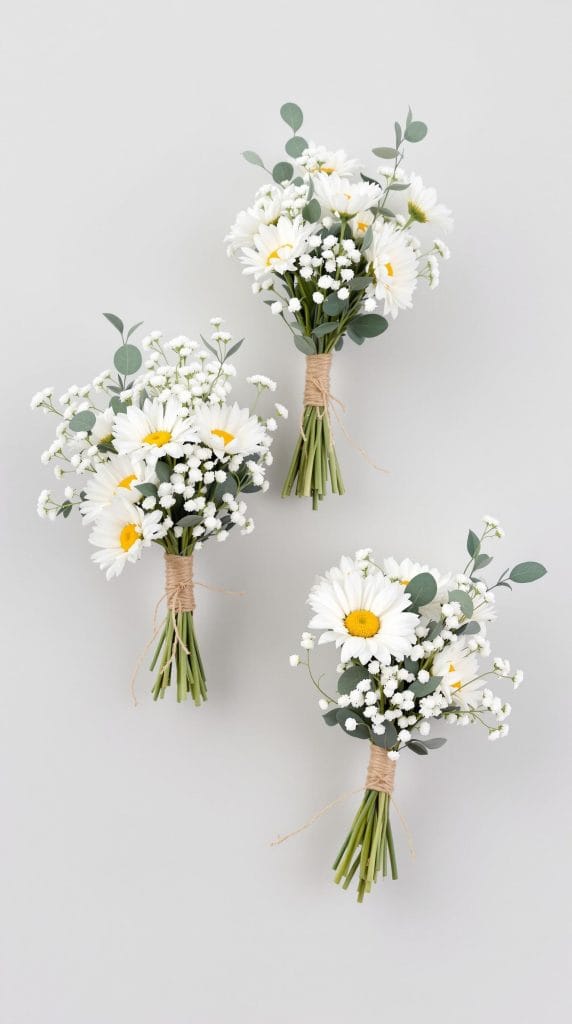
According to the Knot, the average amount couples spent on wedding flowers in 2023 was $2800. So it’s not surprising that saving money is a big reason brides choose to do their wedding bouquets.
It’s certainly less expensive to DIY them than to have them done professionally. But it’s still a trade-off between time and money,
There aren’t any hard and fast rules about whether or not you should choose to create your wedding bouquets yourself. The decision rests with you and depends on your personal preferences and wedding budget.
However, if you decide to do it yourself, following these tips makes you more likely to have an enjoyable experience.
Frequently Asked Questions
How far in advance should I order flowers for my DIY wedding?
For fresh flowers, place your order 3-4 weeks before the wedding date. This timeline allows for any shipping delays while ensuring the flowers will be at their peak freshness for your big day. Consider ordering 10% extra flowers to allow for damaged blooms or practice arrangements.
What are the easiest flowers to work with for DIY arrangements?
Roses, carnations, and chrysanthemums are among the most forgiving flowers for beginners. These sturdy blooms can withstand handling and remain fresh for several days. They’re also widely available and typically more affordable than delicate flowers like orchids or lily of the valley.
How long does it take to make a DIY bridal bouquet?
Creating a bridal bouquet typically takes 45-60 minutes for a beginner. This includes proper stem preparation, arrangement, and securing it with floral tape and ribbon. It’s recommended to allow additional time for practice bouquets before creating the final version.
What’s the best way to store DIY wedding flowers before the big day?
Store flowers in a cool place (between 40-50°F) away from direct sunlight and drafts. Keep them in clean water with flower food, and remove any foliage below the waterline. Most flowers should be stored for no more than 2-3 days before the wedding for optimal freshness.
Want More Tips Like This?
If so, sign up below, and I’ll notify you whenever I post something new or update something I’ve published.
You can also get additional tips by following me on social media.
And, if you found this post helpful, please share it with your friends.
Til next time.


